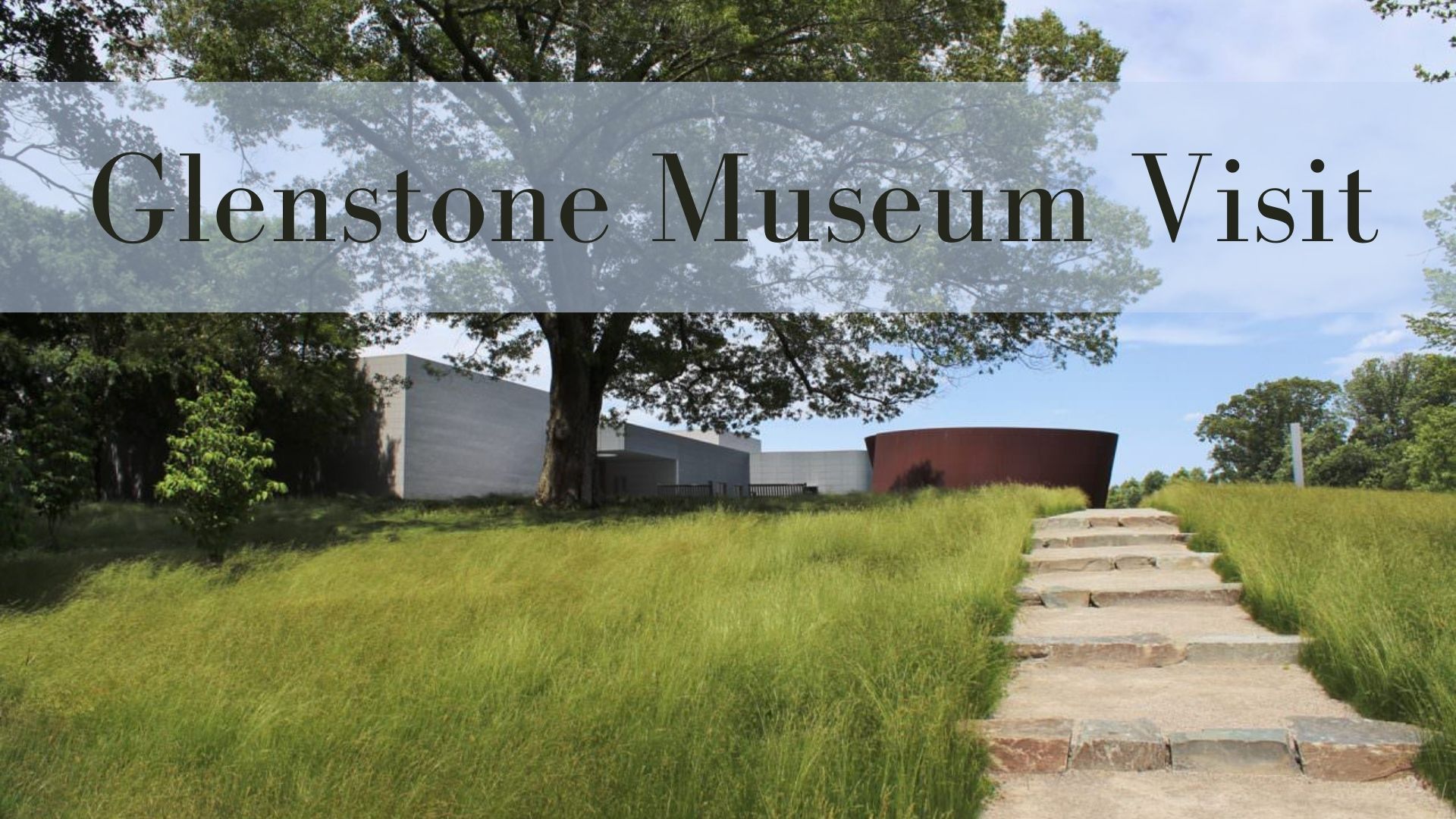Join us for a visit to the world-class Glenstone Museum in nearby Potomac on Thursday afternoon, April 28th. Glenstone, with 59,000 sq. ft. of gallery space on 300 natively landscaped acres, is the largest private contemporary art gallery in the U.S.
Your visit begins with a 3 pm check-in at the Arrival Hall containing a bookstore, bathrooms, and water fountains. If time or energy are factors, we recommend the Pavilions, a series of eleven gallery rooms containing Post WWII contemporary and modern works, surrounding an 18,000-square-foot water court, adorned by seasonally changing plant life.
There are also 10 outdoor sculptures on several paths and rugged trails. There are no amenities along these trails, and they may be strenuous. Dress appropriately and be prepared to walk outdoor trails. Some mobility accommodation may be available if requested in advance.
Participants will provide their own transportation and meet at the Arrival Hall for our 3 pm ticket time. Please be punctual. Admission is free. Visitors must be over 12 years of age and minors over 12 must be accompanied by an adult. All visitors must wear properly fitting masks indoors and socially distance themselves outdoors. Indoor photography is not permitted. No outside food or drink is permitted. The Museum Café near the Pavilions, and the outdoor Patio near the main gallery offer refreshments for purchase from the QR code menu.
The Glenstone Museum was developed and financed by billionaire American businessman Mitchell Rales and is curated by Emily Wei Rales. Guided by the personal vision of its founders, Glenstone assembles post-World War II artworks of the highest quality that trace the greatest historical shifts in the way we experience and understand art of the 20th and 21st centuries. Artists in Glenstone’s collection are required to have already been exhibited for at least 15 years. These works are presented in a series of refined indoor and outdoor spaces designed to facilitate meaningful encounters for the visitors.
The museum takes inspiration from the Slow Art philosophy, which espouses the belief that viewers should examine art slowly, paying attention to their own shifting thoughts and how time unspools around them. (Think of it as mindfulness, but for art.)
First opened in 2006 in a main gallery building designed by Charles Gwathmey, the museum has been expanded several times to include outdoor sculpture installations, landscaping, and a museum complex called the Pavilions designed by Thomas Phifer. In 2019, Glenstone added an environmental center with exhibits on recycling, composting, and reforestation.


